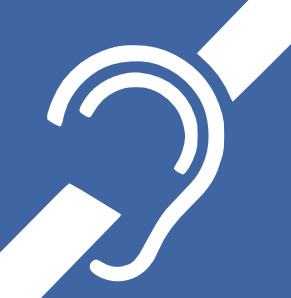The law in 1963
 In 1963, ‘Noise and the Worker’ was the first major publication produced which highlighted the dangers of excessive noise and gave recommendations of what should be done to protect employees from exposure.
In 1963, ‘Noise and the Worker’ was the first major publication produced which highlighted the dangers of excessive noise and gave recommendations of what should be done to protect employees from exposure.
In light of the publication, the case of Thompson v Smith Ship Repairs [1984] held that from 1963, employers exposing employees to noise levels exceeding 90dB were in breach of duty unless adequate ear protection was provided.
Consequently, the usual date of knowledge of the risks of exposure to noise held against defendant industries is 1963.
1972 Code of Practice
This set out guidance in the assessment and limitation of exposure to noise in the workplace. Whilst not a statutory regulation it provided the framework for an employer’s duty at common law and Section 4.4 of the Code stated that the equivalent continuous sound level (LEQ) should not exceed 90dB.
If this limit is met or exceeded staff should be surveyed and training provided and hearing protection provided.
Noise at Work Regulations 1989
These came into force 1 January 1990, replacing the 1972 Code of Practice, and set out an employer’s duties as follows:
1. First action level: the employee is to be provided, at his request, with suitable and efficient hearing protection where there is a daily noise exposure of 85db.
2. Second action level: the employer is obligated to provide the employee with hearing protection where there is a daily noise exposure of 90db and above.
The current law : Noise at Work Regulations 2005
The Regulations came into effect on 6 April 2006 and revoked the earlier regulations.
If you would like any further information regarding Noise Induced Hearing Loss, please do not hesitate to contact our specialist Noise Induced Hearing Loss team on 0161 834 2623.